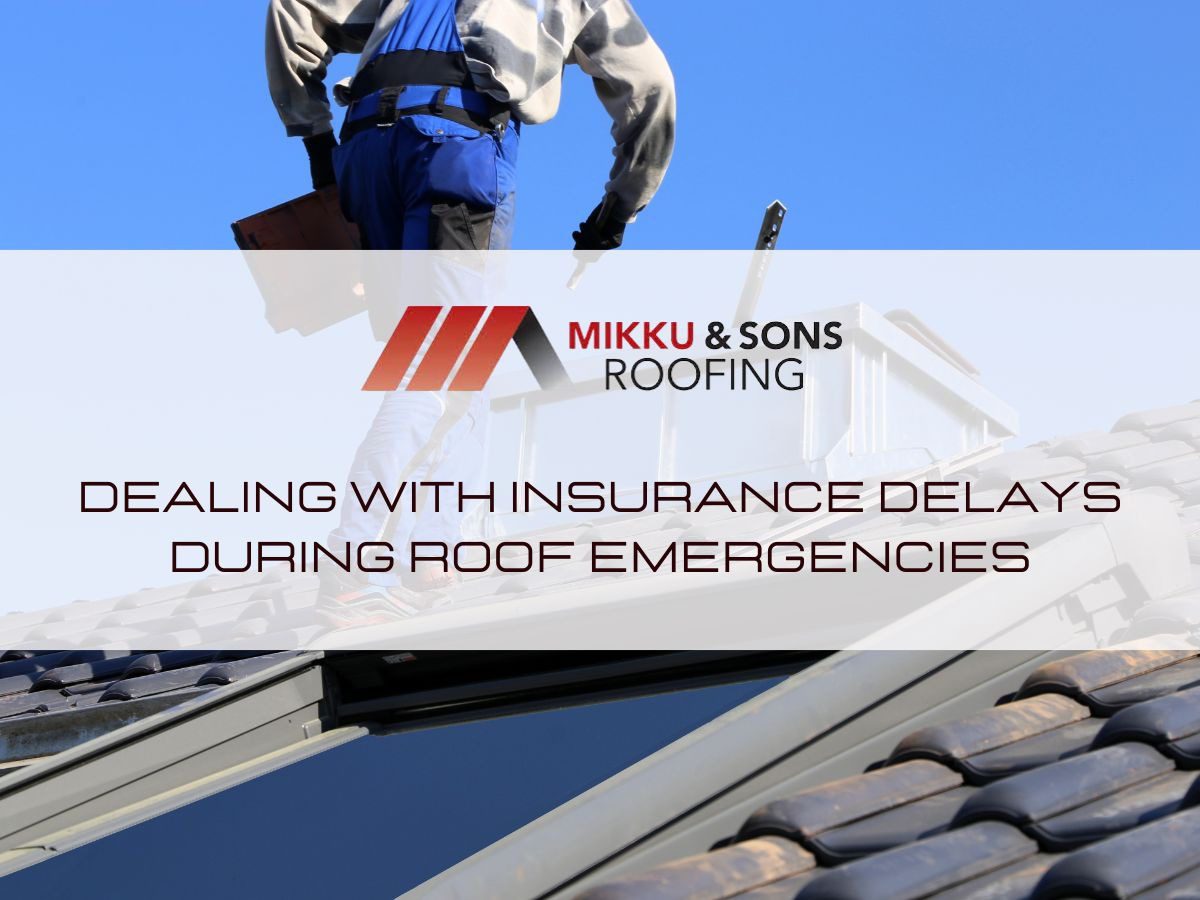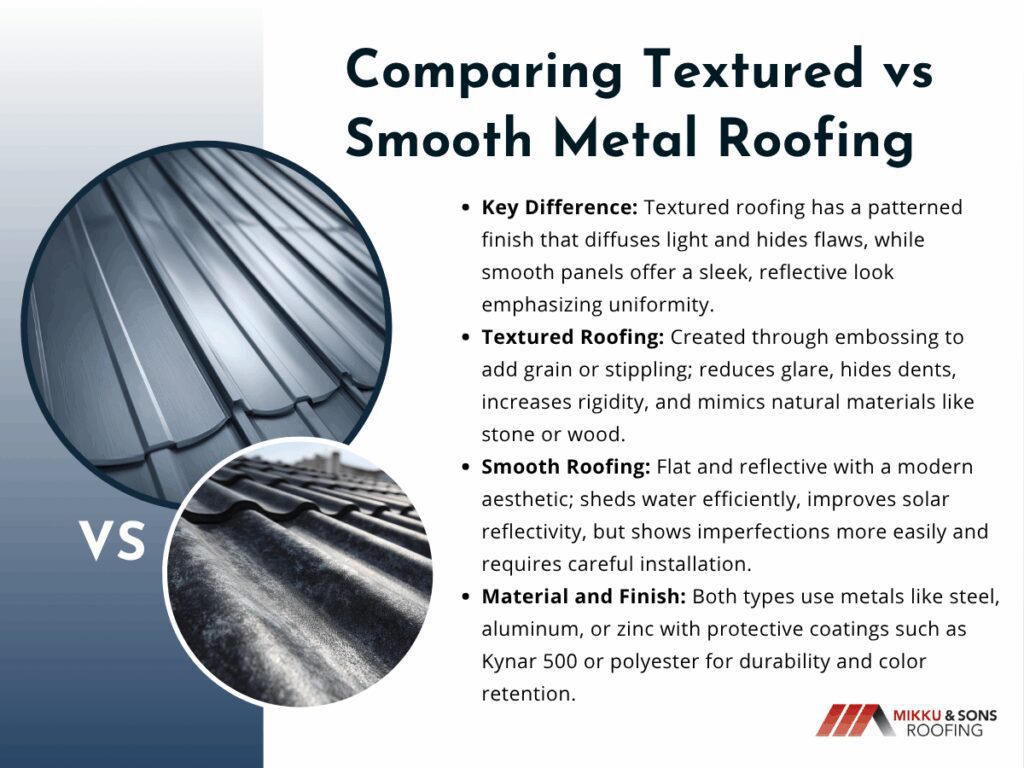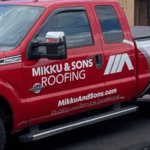

Metal roofing has evolved from a purely functional solution into a durable, efficient, and aesthetically refined option for modern homes. Among the choices homeowners face, the decision between textured and smooth metal surfaces influences both performance and appearance.
Each surface type offers unique benefits depending on climate, architectural design, and maintenance expectations. Selecting the right finish affects not only durability but also comfort, noise control, and long-term satisfaction.
Metal roof texture impacts reflectivity, traction, and resistance to wear. Which Is Better for Your Home?Textured Metal Roof vs Smooth. Both styles can perform exceptionally when properly installed and maintained, but their differences matter in everyday use.

The distinction between textured and smooth metal roofing lies primarily in surface finish and tactile quality. Texture introduces a subtle pattern or grain that alters how light and water interact with the metal.
Smooth panels, in contrast, present a clean and polished look that emphasizes uniformity. These visual and structural variations directly influence performance under real-world conditions.
Textured roofing panels undergo an embossing process that presses small patterns or grains into the surface. This creates a tactile finish that diffuses light and conceals minor imperfections.
The texture can vary from fine matte stippling to deeper patterns resembling stone or wood grain. These surfaces reduce glare and help hide scratches, dents, or oil canning common on large panels.
Embossed panels also slightly increase rigidity without adding weight. The subtle structural variation improves panel strength and resistance to bending under stress.
Smooth panels feature a flat, reflective surface with uniform color and minimal variation. This style offers a contemporary appearance suited to modern and minimalist architecture.
The smooth finish allows water and debris to shed efficiently, reducing buildup in valleys or seams. It also enhances solar reflectivity, helping control heat absorption in warm climates.
Because the surface lacks patterning, imperfections are more visible, especially in large unbroken panels. Proper installation is essential to prevent oil canning and maintain visual consistency.
Both textured and smooth roofing can be manufactured from steel, aluminum, or zinc. Coatings such as Kynar 500 or polyester paint systems add corrosion resistance and color stability.
Textured coatings often include matte or low-gloss finishes to enhance subtlety, while smooth options emphasize reflectivity and precision. The right combination depends on architectural goals and climate conditions.
These differences influence not just appearance but also the tactile and thermal behavior of the roof over time. Each finish interacts differently with sunlight, precipitation, and airborne debris.
The performance of textured versus smooth metal roofing depends on environmental exposure and material thickness. Texture provides slight structural reinforcement, whereas smooth panels rely more on gauge and fastening precision.
Durability outcomes are shaped by how each surface manages impact, expansion, and weathering. Both can last over 40 years with proper installation and coating maintenance.
Textured roofing better conceals small dents or surface blemishes. The pattern diffuses light, minimizing visibility of imperfections that might otherwise stand out on smooth panels.
This quality makes textured options ideal for areas exposed to hail, falling branches, or foot traffic during maintenance. Smooth finishes, while equally strong, reveal damage more readily.
For homeowners prioritizing long-term aesthetics, embossed finishes help preserve visual appeal despite wear. The difference becomes most noticeable after several seasons of exposure.
All metal roofs expand and contract with temperature changes. Textured panels, with their micro-patterned surfaces, absorb stress more evenly across the sheet.
This helps reduce the likelihood of warping or oil canning in wide panels. Smooth metal expands in a more uniform but visually noticeable pattern, especially under direct sunlight.
Proper fastening systems and spacing accommodate these shifts in both surface types. Professional installation ensures stability and prevents premature wear.
Both textured and smooth roofing systems excel at shedding rain and snow due to their nonporous coatings. However, texture can slightly slow water flow, reducing splatter near edges and downspouts.
Smooth surfaces may dry faster but can reveal streaking or dirt accumulation over time. Textured coatings hide residue more effectively, maintaining a cleaner appearance between washes.
With proper coatings and maintenance schedules, both finishes resist rust and UV degradation for decades. The difference lies primarily in visual aging rather than structural integrity.
Beyond performance, the choice between textured and smooth metal roofing often comes down to style. Each finish interacts differently with architecture, light, and color.
Texture creates depth and shadow that soften the roof’s appearance, while smooth panels highlight geometry and precision. Both can elevate curb appeal when matched thoughtfully with exterior elements.
Textured metal roofs complement traditional, rustic, or transitional home designs. Their subdued surface reduces glare and adds warmth to exteriors with natural materials like stone or wood.
Smooth finishes pair well with contemporary and modern structures. Their reflective surfaces emphasize sharp lines and symmetry in minimalist architecture.
Homeowners often choose based on how the roof integrates with siding, trim, and landscaping. Visual balance enhances the overall harmony of design.
Smooth metal roofs typically produce higher solar reflectance, contributing to energy efficiency in sunny climates. Textured finishes, with their micro-diffused surfaces, slightly reduce glare and color intensity.
| Finish Type | Gloss Level | Solar Reflectance (SR) | Surface Temperature Reduction | Recommended Climate |
| Smooth Gloss | High | 0.65–0.75 | Up to 15°F cooler | Hot, sunny regions |
| Smooth Matte | Medium | 0.55–0.65 | Moderate | Temperate climates |
| Textured Matte | Low | 0.45–0.55 | Minimal | Cold or overcast areas |
| Textured Coated | Low to Medium | 0.50–0.60 | Slight | Mixed climate conditions |
This variation affects how colors appear under daylight and over time. Matte coatings on textured panels maintain consistent tone, while glossy smooth finishes shift subtly with changing light.
Choosing finish and color together ensures the desired visual effect endures for decades. A well-coordinated palette can enhance both resale value and environmental performance.
Surface maintenance varies between the two finishes. Smooth roofs require more frequent cleaning to remove debris and water marks that show on reflective surfaces.
Textured finishes mask dust, pollen, and minor scratches more effectively, requiring less frequent upkeep. However, heavy dirt buildup may accumulate in deeper grains if not rinsed occasionally.
Both benefit from annual inspections and gentle washing with mild detergent. Regular maintenance extends coating life and preserves appearance across all climates.
Installation complexity and cost depend on surface type, material thickness, and panel style. Textured panels generally cost slightly more due to additional embossing steps.
However, the difference is often offset by their enhanced resistance to visual imperfections and easier handling. Smooth panels, when installed flawlessly, deliver a high-end finish favored by architects.
Textured metal panels are less prone to visible oil canning during installation. The embossing naturally masks small irregularities in substrate or fastening alignment.
This tolerance makes them more forgiving for installers and reduces aesthetic risk. Smooth panels demand greater precision in fastening and substrate preparation.
Contractors often recommend textured finishes for large or uneven roof spans. Smooth options perform best on smaller, well-supported structures.
Embossed finishes add a minor premium to material cost, typically ranging from $0.25 to $0.50 more per square foot. The total expense varies with coating type and manufacturer.
| Material | Smooth Finish Cost (per sq. ft.) | Textured Finish Cost (per sq. ft.) | Estimated Installation Cost Range |
| Steel | $6.00 – $9.00 | $6.50 – $9.50 | $10.00 – $13.00 |
| Aluminum | $7.00 – $10.00 | $7.25 – $10.50 | $11.00 – $14.00 |
| Zinc | $12.00 – $15.00 | $12.50 – $15.50 | $16.00 – $20.00 |
| Copper | $14.00 – $20.00 | N/A (typically smooth only) | $18.00 – $25.00 |
Smooth finishes may require more labor time for precise alignment and seam control. Installation errors are more visible, leading to higher quality assurance costs.
Homeowners should consider both initial pricing and potential maintenance implications. Over the lifespan of the roof, the performance difference is often negligible compared to aesthetic preference.
Most manufacturers offer identical warranty terms for both textured and smooth panels. Lifespans typically range from 40 to 50 years, depending on metal type and coating.
Warranty protection focuses on coating integrity and color retention rather than surface style. This ensures equal performance when properly maintained.
Regular inspection and cleaning remain critical to preserving warranty validity. Both surfaces respond well to proactive care and professional maintenance schedules.
The decision between textured and smooth metal roofing often hinges on lifestyle and environmental factors. Homeowners should assess visual goals, maintenance tolerance, and local weather conditions.
Practical considerations such as noise, debris accumulation, and energy performance also influence satisfaction. A balanced evaluation leads to the most appropriate long-term investment.
In coastal or humid regions, both finishes require protective coatings to prevent corrosion. Textured surfaces can trap salt particles more easily if not rinsed regularly.
Smooth roofs perform slightly better in heavy rain regions due to faster runoff. In colder climates, both shed snow efficiently when installed with proper pitch.
Environmental conditions should guide coating selection and maintenance routines. This ensures longevity regardless of surface style.
Textured metal roofs slightly dampen rain and hail noise due to their micro-patterned surface. The embossing disrupts sound wave reflection, softening acoustic resonance.
Smooth panels, while not inherently noisy, may produce sharper sound during heavy rain or hail without proper insulation. Underlayment materials play a crucial role in both cases.
Acoustic insulation or foam backing beneath panels enhances comfort across all finishes. Homeowners sensitive to sound often find textured surfaces preferable.
Routine inspection and washing remain the foundation of metal roof upkeep. Textured surfaces require occasional rinsing to prevent dirt accumulation, while smooth roofs benefit from more frequent cleaning.
Sealant and fastener checks should occur annually for both types. Protective coatings extend lifespan and preserve color stability under UV exposure.
Developing a maintenance plan tailored to local weather ensures consistent appearance and performance. Professional cleaning every few years supports warranty compliance.
Both textured and smooth metal roofs offer strength, longevity, and refined aesthetics when properly installed. The choice depends on climate, design preference, and maintenance expectations rather than structural performance.
Texture adds subtle depth and resilience, while smooth panels highlight modern precision and reflectivity. Each serves homeowners seeking durable beauty with minimal compromise.One key consideration often linked to surface type is acoustic comfort during rainfall. Effective insulation, underlayment, and design solutions can dramatically improve this experience.
